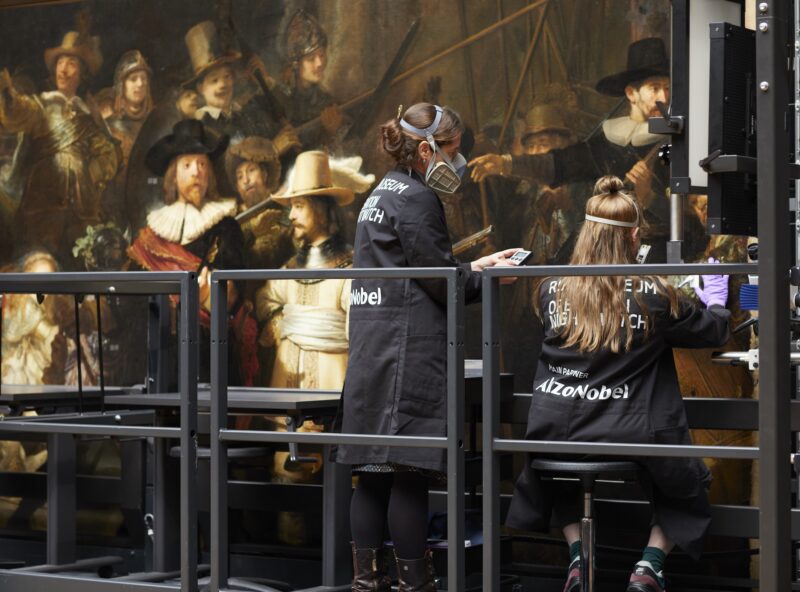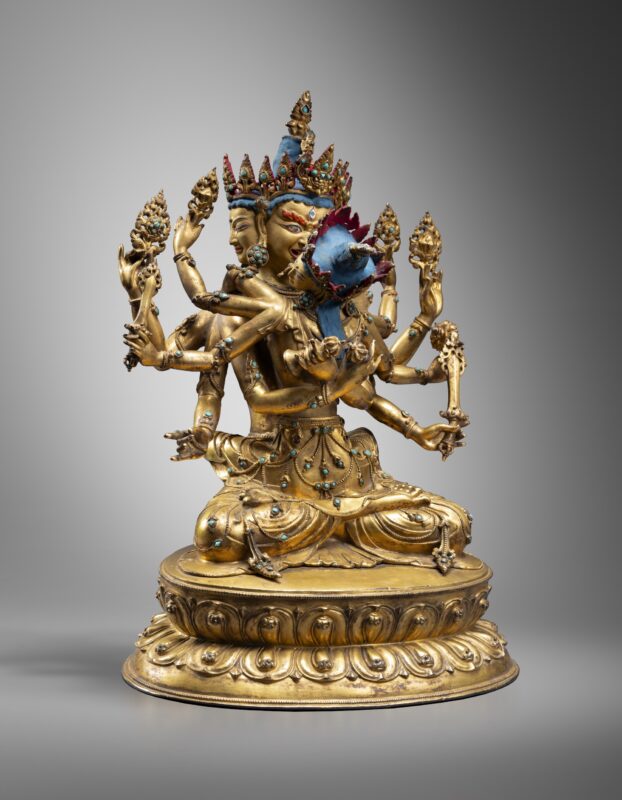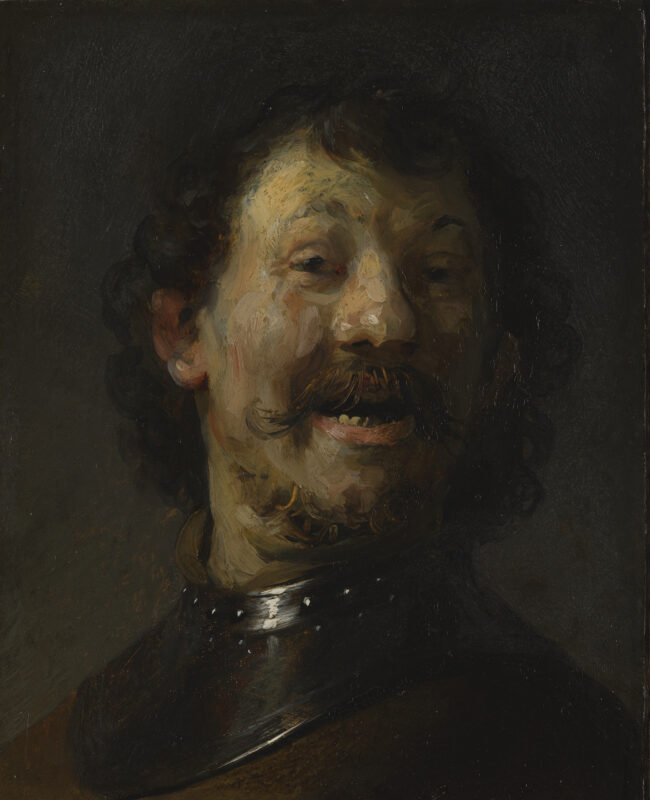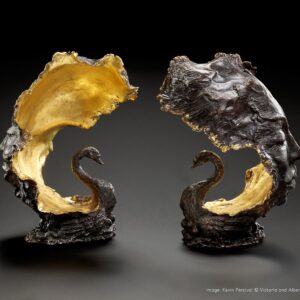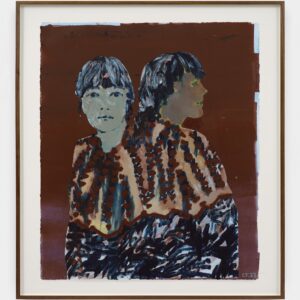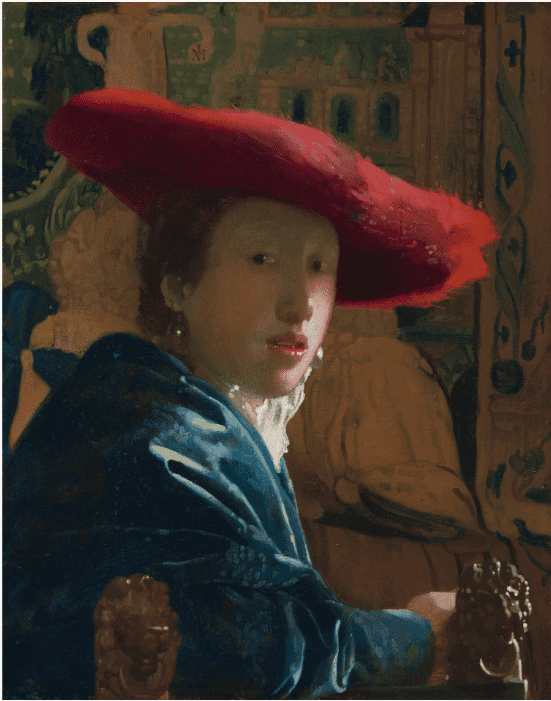
The Rijksmuseum has announced the list of works by Johannes Vermeer which will go on show in its exhibition Vermeer from 10 February – 4 June 2023
The works are:
1. A Lady Writing, 1664–67, National Gallery of Art, Washington
2. A Young Woman seated at a Virginal, c. 1670–72, The National Gallery, London
3. A Young Woman standing at a Virginal, 1670–72, The National Gallery, London
4. Allegory of the Catholic Faith, 1670–74, The Metropolitan Museum of Art, New York
5. Christ in the House of Mary and Martha, 1654–55, National Galleries of Scotland, Edinburgh
6. Diana and her Nymphs, 1655–56, Mauritshuis, The Hague
7. Girl Interrupted at Her Music, c. 1659–61, The Frick Collection, New York
8. Girl Reading a Letter at an Open Window, 1657-58, Gemäldegalerie Alte Meister, Dresden
9. Girl with a Flute, 1664–67, National Gallery of Art, Washington
10. Girl with a Pearl Earring, 1664–67, Mauritshuis, The Hague
11. Girl with the Red Hat, 1664–67, National Gallery of Art, Washington
12. Mistress and Maid, c. 1665–67, The Frick Collection, New York
13. Officer and Laughing Girl, 1657-58, The Frick Collection, New York
14. Saint Praxedis, 1655, The National Museum of Western Art, Tokyo
15. The Geographer, 1669, Städel Museum, Frankfurt am Main
16. The Glass of Wine, c. 1659-61, Staatliche Museen zu Berlin, Gemäldegalerie
17. The Lacemaker, 1666–68, Musée du Louvre, Paris
18. The Love Letter, 1669-70, Rijksmuseum, Amsterdam
19. The Milkmaid, 1658-59, Rijksmuseum, Amsterdam
20. The Procuress, 1656, Gemäldegalerie Alte Meister, Dresden
21. View of Delft, 1660-61, Mauritshuis, The Hague
22. View of Houses in Delft, known as ‘The Little Street’, 1658-59, Rijksmuseum, Amsterdam
23. Woman Holding a Balance, ca. 1662–64, National Gallery of Art, Washington
24. Woman Reading a Letter, 1662-64, Rijksmuseum, Amsterdam
25.Woman with a Pearl Necklace, c. 1662-64, Staatliche Museen zu Berlin, Gemäldegalerie
26. Woman Writing a Letter, with her Maid, 1670–72, National Gallery of Ireland, Dublin
27. Young Woman Seated at a Virginal, c. 1670-72, The Leiden Collection, New York
28. Young Woman with a Lute, 1662–64, The Metropolitan Museum of Art, New York
With loans from all over the world, this promises to be the largest Vermeer exhibition ever staged.
In the lead-up to the exhibition, a team of leading curators, conservators and scientists have worked together closely to conduct new research into Vermeer’s paintings using the latest available technology. The insights gained shed new light on Vermeer’s life and work, the artistic choices and motivations for his compositions, as well as the creative process behind his paintings.
Ticket sales have now started online.
Taco Dibbits, General Director of the Rijksmuseum, said:
‘This exhibition offers an unprecedented opportunity to experience such a large number of Vermeer paintings come together in one place. It is an exciting prospect for the public and all Vermeer lovers, as well as scientists, conservators and art historians. We are extremely grateful to the partnering museums and organisations who have made this exhibition possible with very exceptional and generous loans.’
The Exhibition Vermeer
At least 28 paintings of Vermeer’s very small oeuvre will be loaned from museums and collections from Europe, the United States and Japan. In an extraordinary gesture the Frick Collection will lend all three of its Vermeer masterpieces to the exhibition: The Girl Interrupted at Her Music, Officer and Laughing Girl, and Mistress and Maid. The Rijksmuseum exhibition will be the first time that all three paintings are shown together outside of New York since they were acquired more than a century ago. Two paintings have undergone extensive examination at the Rijksmuseum prior to the exhibition.
Additional highlights include The Girl with a Pearl Earring (Mauritshuis, The Hague), The Geographer (Städel Museum, Frankfurt am Main), Lady Writing a Letter with her Maid (The National Gallery of Ireland, Dublin,Woman Holding a Balance (The National Gallery of Art, Washington DC), The Glass of Wine (Gemäldegalerie, Berlin), Young Woman with a Lute (Metropolitan Museum, NYC) and The Lacemaker (Louvre, Paris).Works never before shown to the public in the Netherlands will include the newly restored Girl Reading a Letter at the Open Window from the Gemäldegalerie Alte Meister in Dresden.The Rijksmuseum itself owns four masterpieces by Vermeer: The Milkmaid, The Little Street, Woman Reading a Letter and The Love Letter.
The exhibition will be presented at the Rijksmuseum in Amsterdam from 10th February until 4th June 2023 and will be the only venue.
New Research
The latest research has unearthed new sources that shed light on the painter and his personal circumstances. As a result, we know more about his social position, his living environment and his contacts with artists and fellow citizens. Modern scanning techniques have accelerated research into Vermeer over the past decades. A team of curators, conservators and scientists from the Rijksmuseum have been collaborating closely with colleagues from the Mauritshuis in The Hague and the University of Antwerp to conduct new research into Vermeer’s paintings. The techniques used for this investigation include the advanced Macro-XRF and RIS scanning technologies.
Recent research into Vermeer’s painting The Milkmaid have brought to light two objects on the artist’s world-famous canvas: a jug holder and a fire basket. The artist himself later painted over the objects.? The most recent scans also uncovered what is clearly an underpainting.?Utilising similar technology, underpainting has also been noted in additional paintings such as Woman holding a balance from the National Gallery in Washington. The conventional understanding that Vermeer painted slowly and with great thought must therefore be revised. His end results may appear introverted and contemplative, but his working method is virtuosic and rigorous.
Gregor J.M. Weber, Head of Fine Arts, Rijksmuseum and co-curator of the exhibition, said:
‘Vermeer’s painting technique has always had something of a mystery. How did he accomplish this miracle of light and colour With the discovery of a first sketch in black paint, we get a much better picture of his working method.’
Johannes Vermeer
Johannes Vermeer (1632-1675) lived and worked in Delft. His work is best known for his tranquil, introverted interior scenes, his unprecedented use of bright, colorful light and his convincing illusionism. In contrast to Rembrandt, Vermeer left a remarkably small oeuvre of 37 paintings.
Pieter Roelofs, Head of Paintings and Sculpture and co-curator of the exhibition, said:
‘The mystery of Johannes Vermeer, also known as the Sphinx of Delft, has clung to the artist for more than 150 years and has become part of his reputation. Connecting what we now know about his personal life with his work brings us closer to Vermeer.’
Tickets are now available for booking through the Rijksmuseum website.

